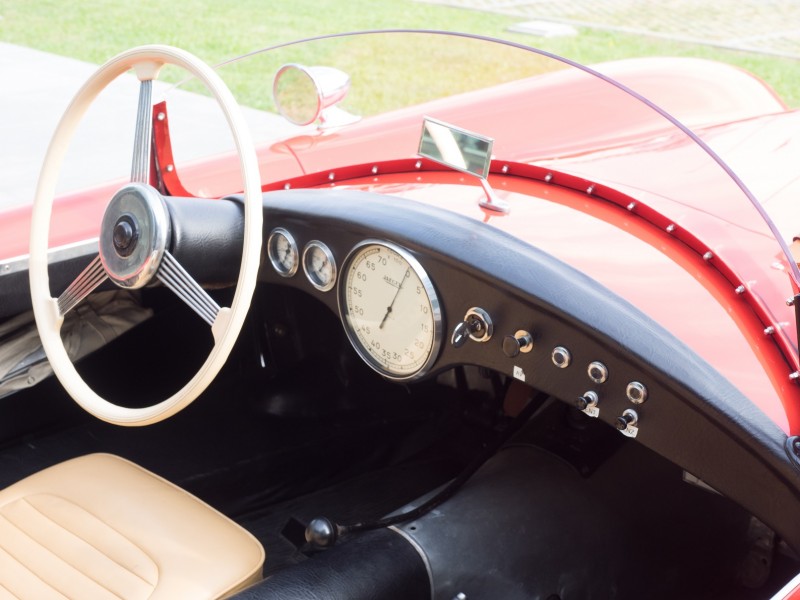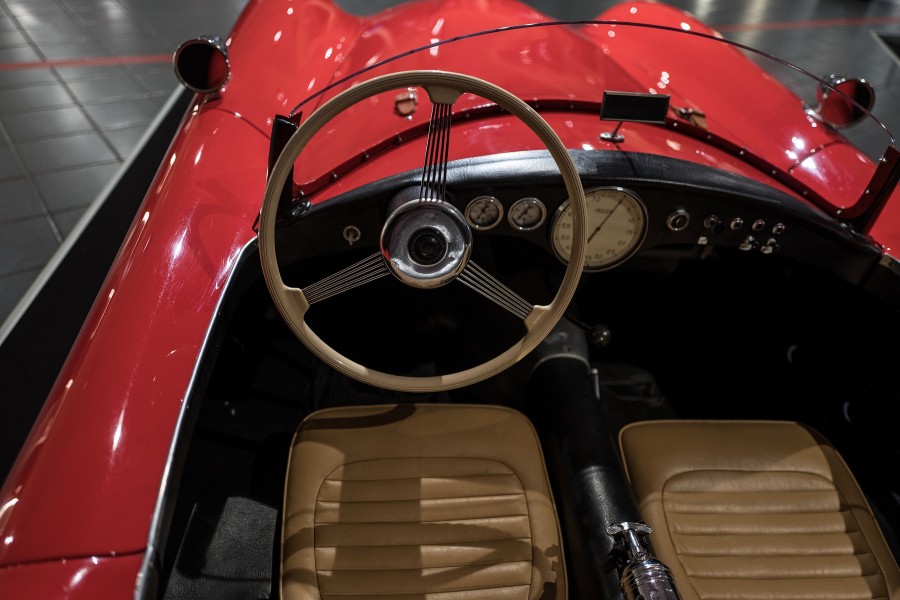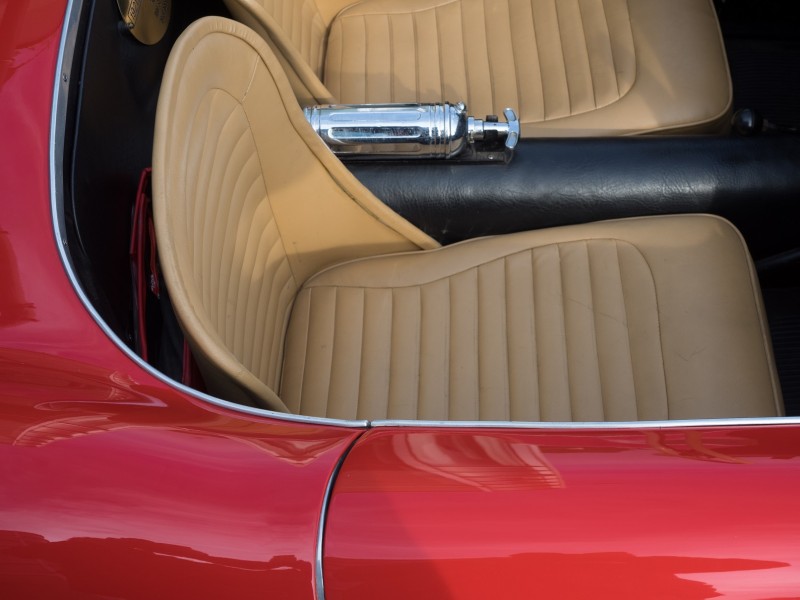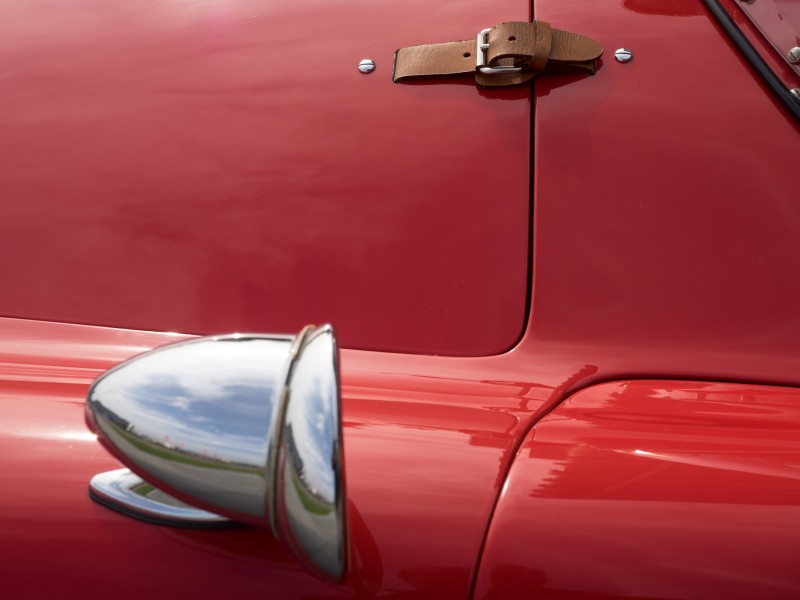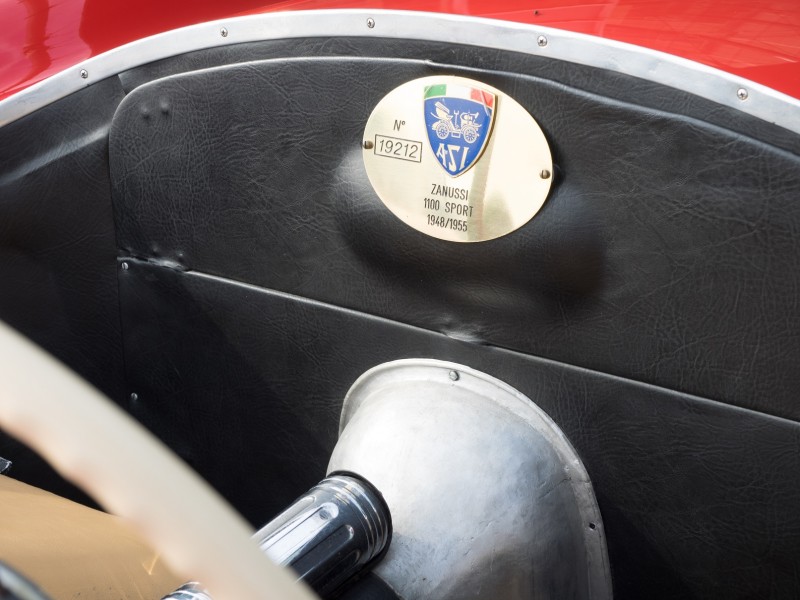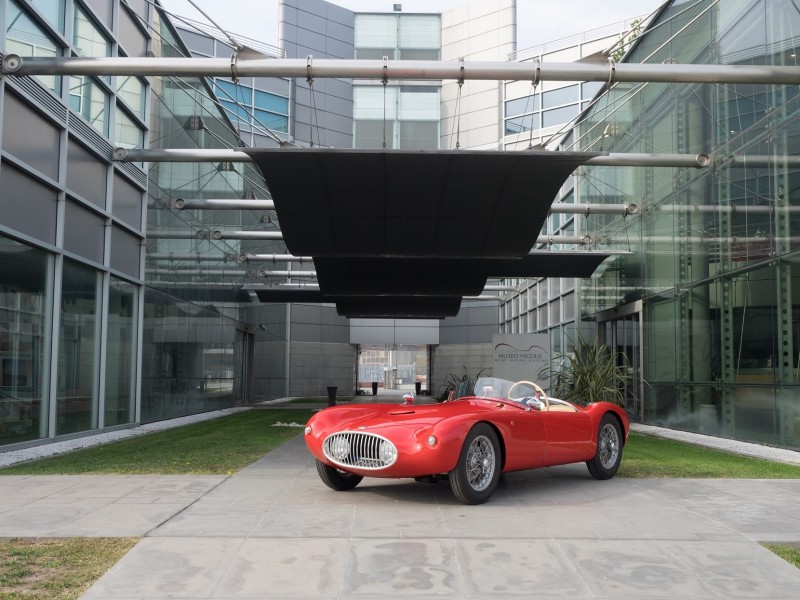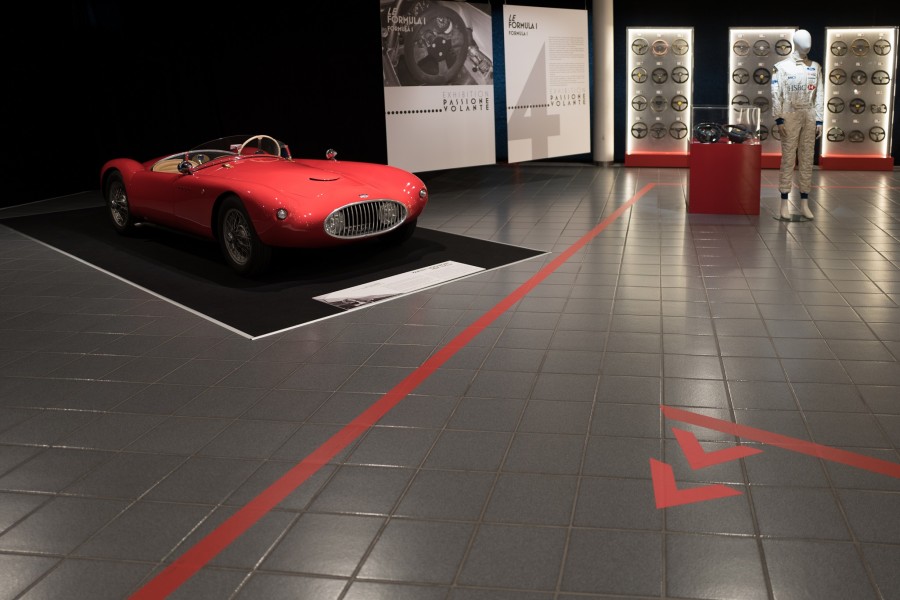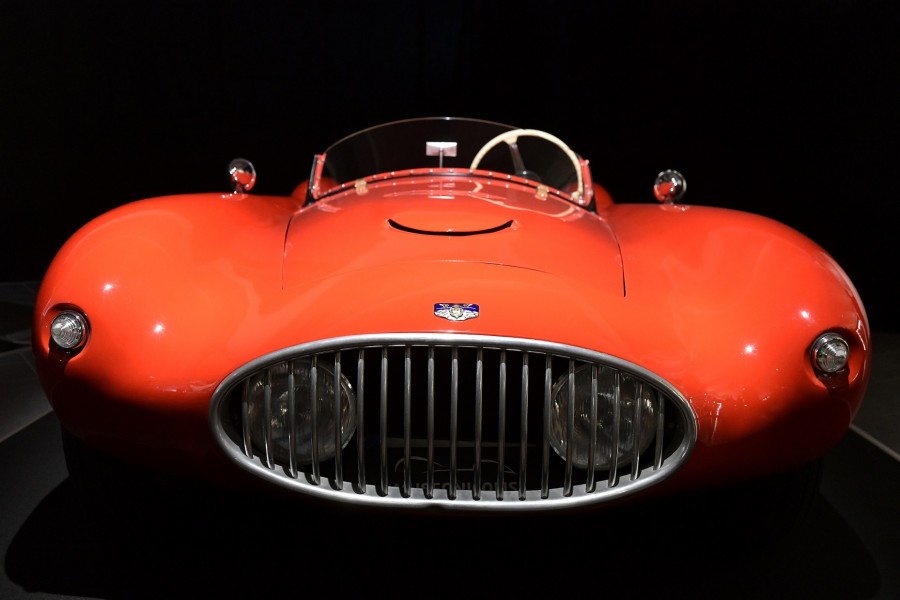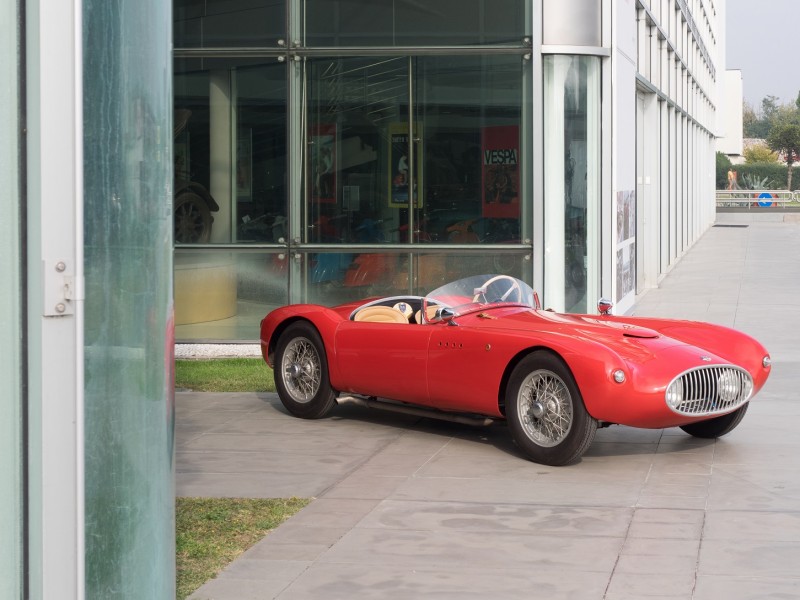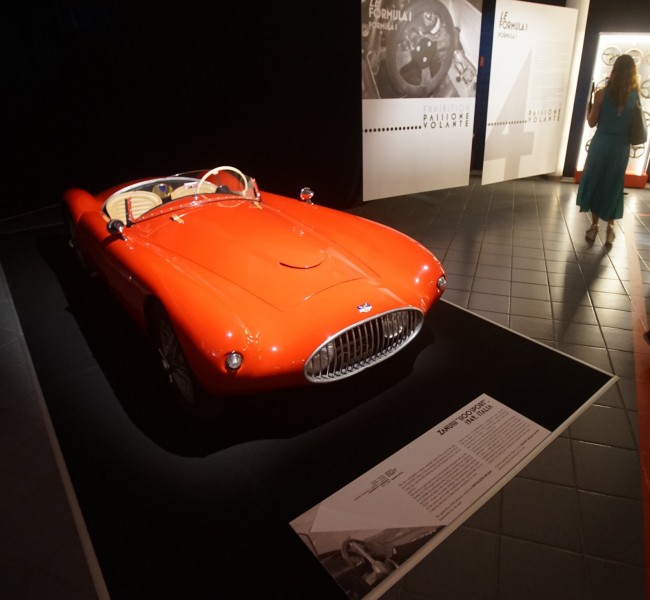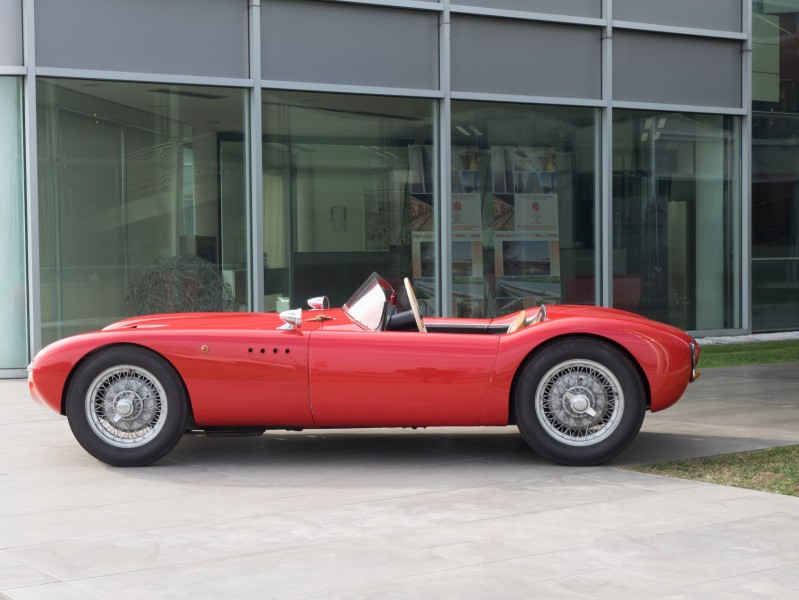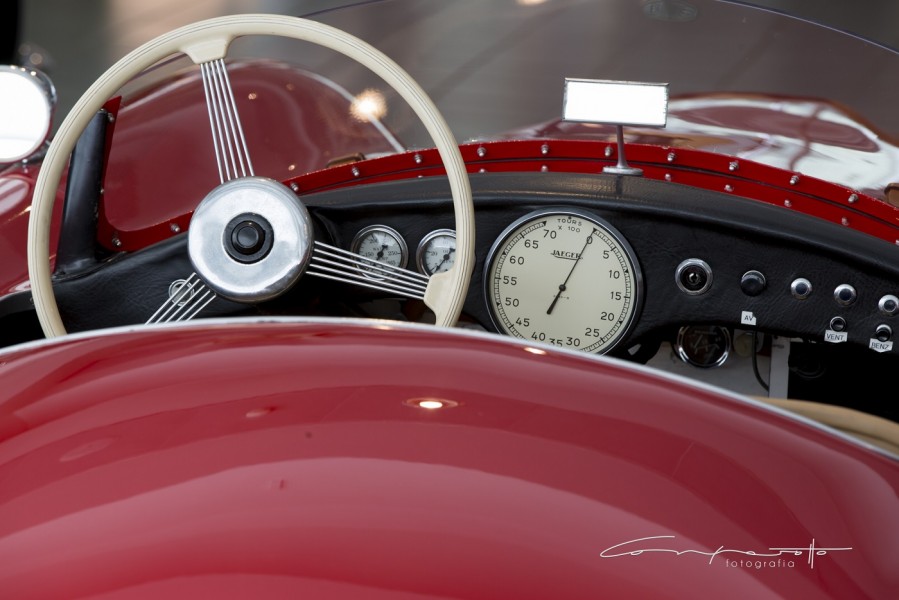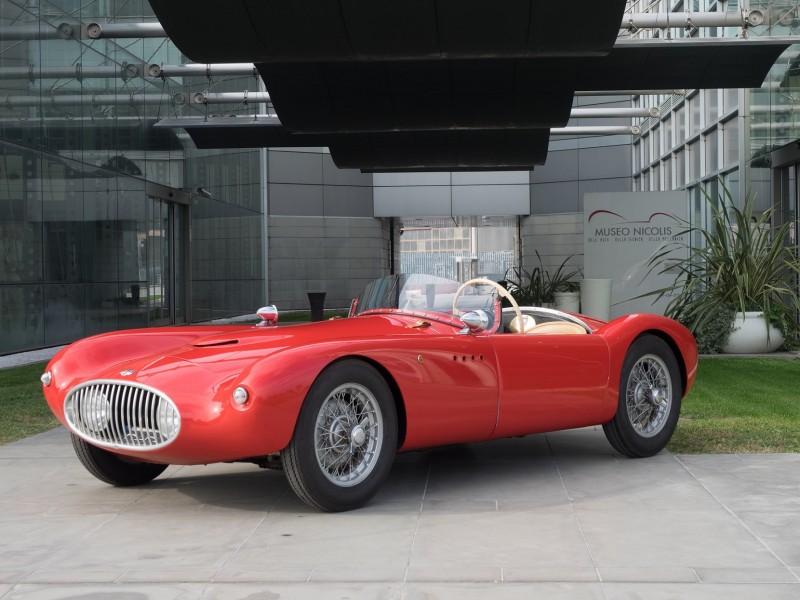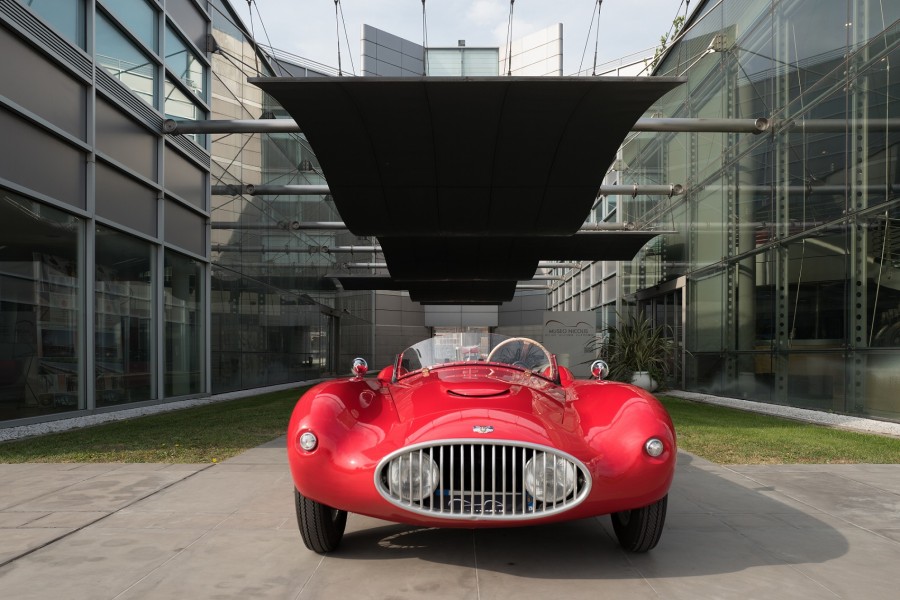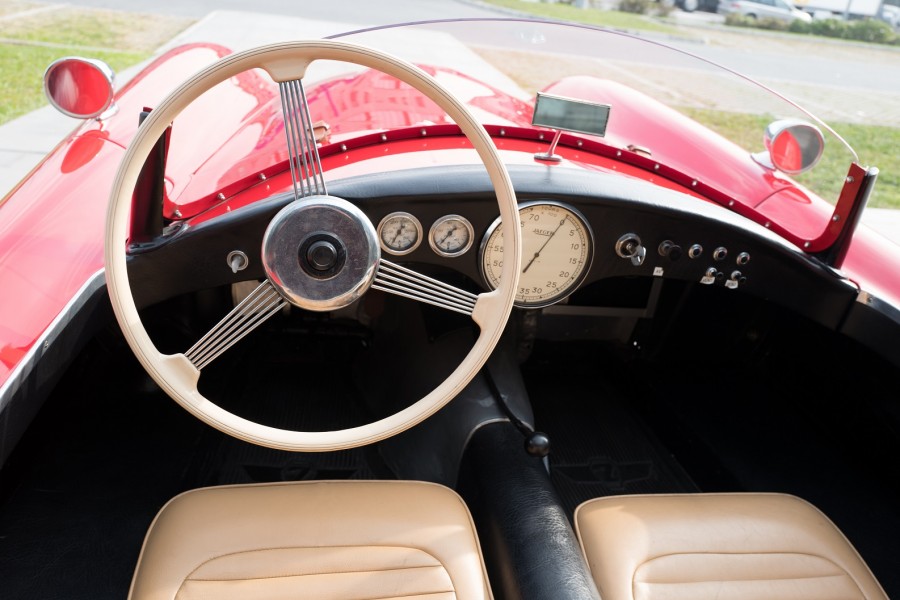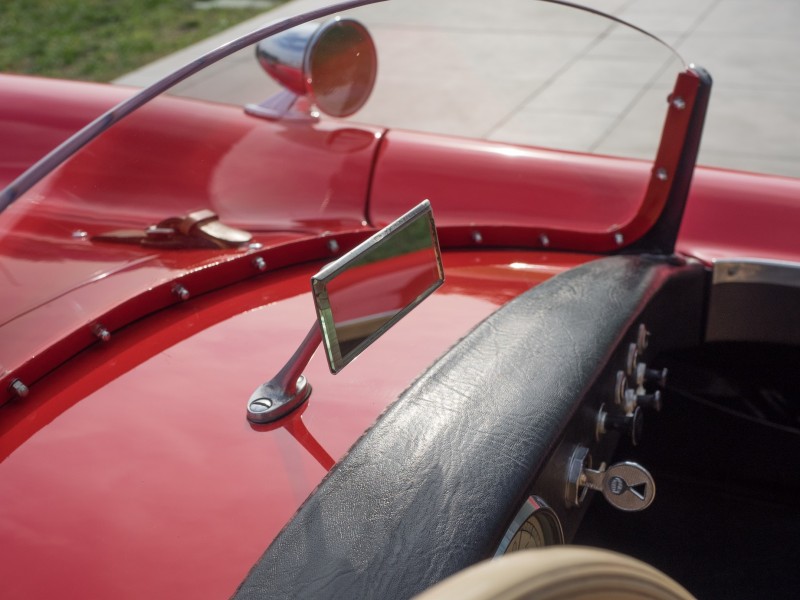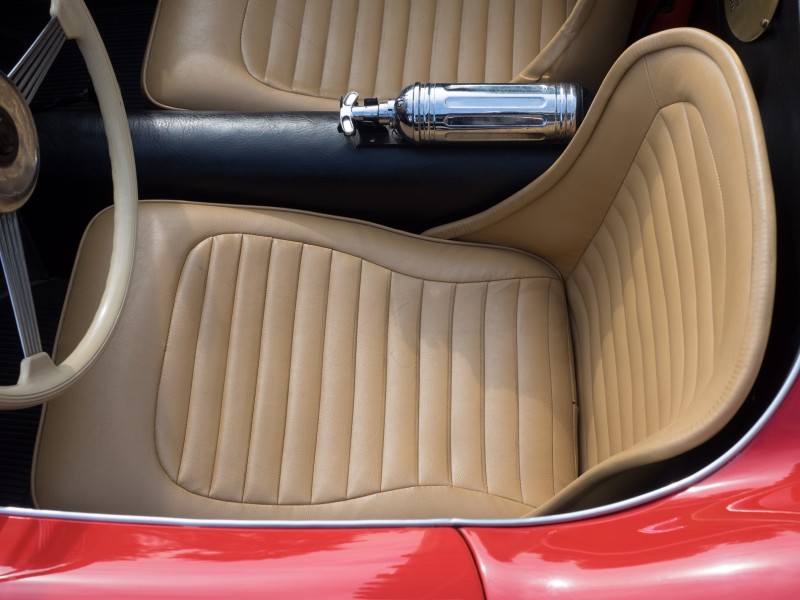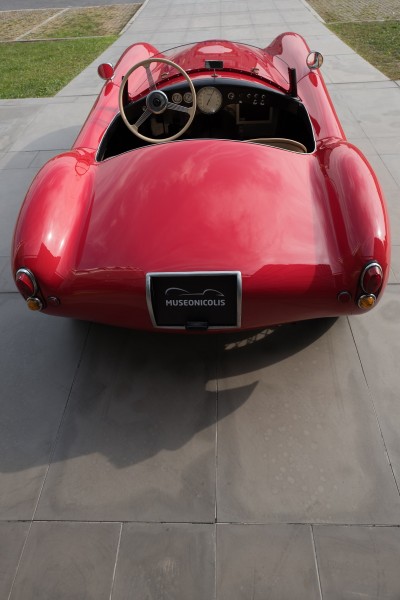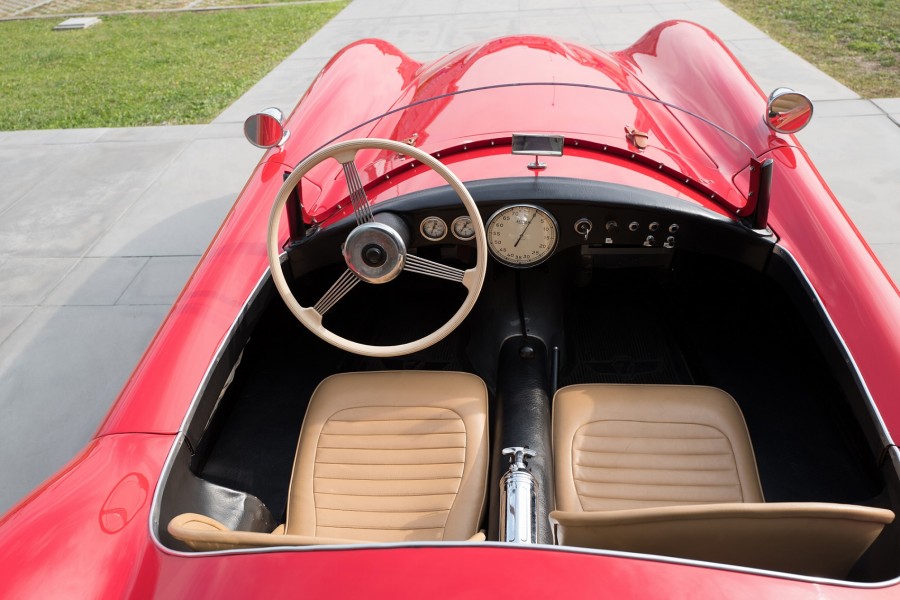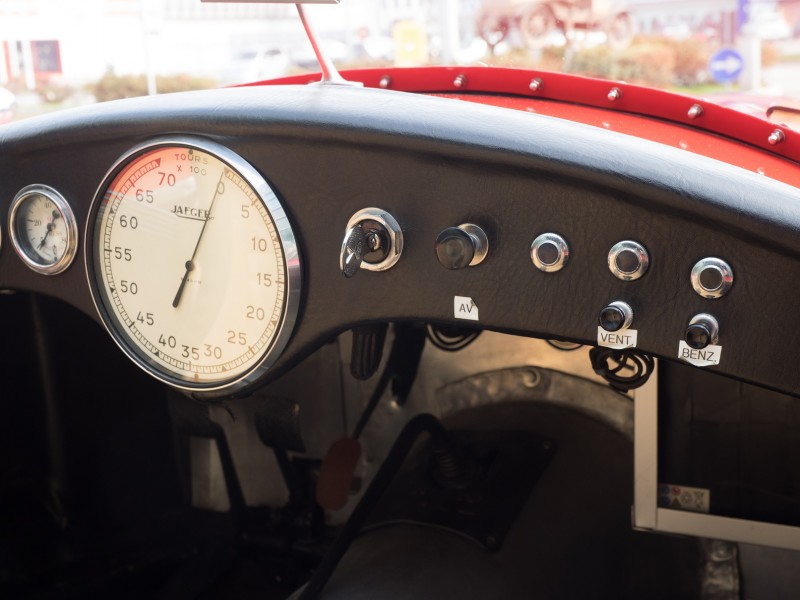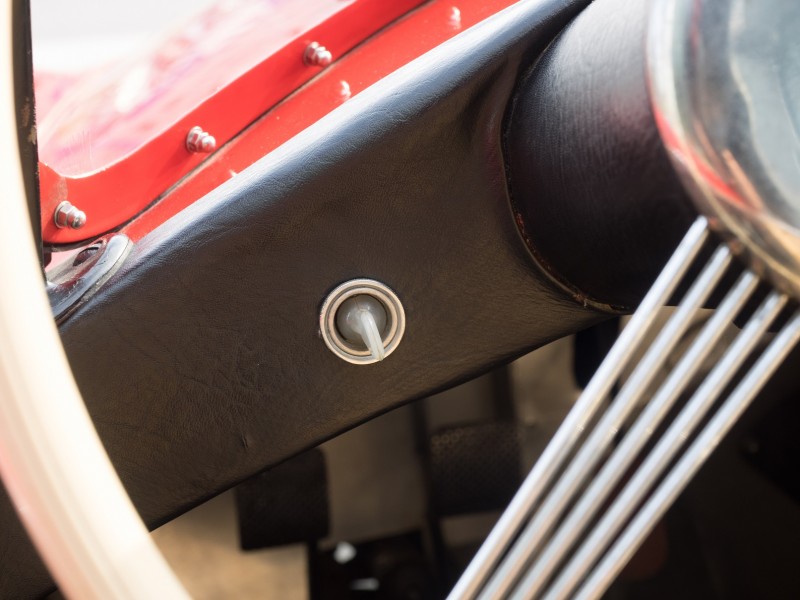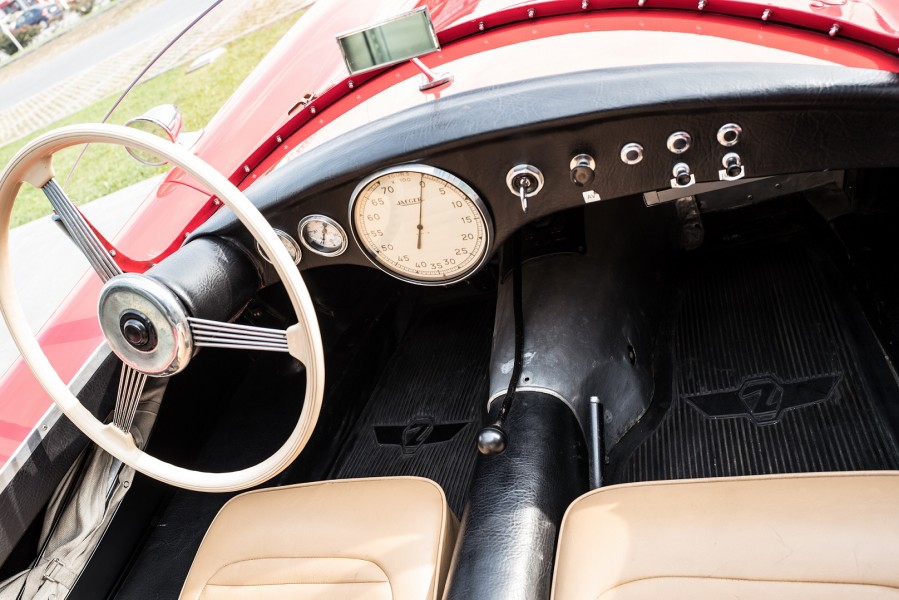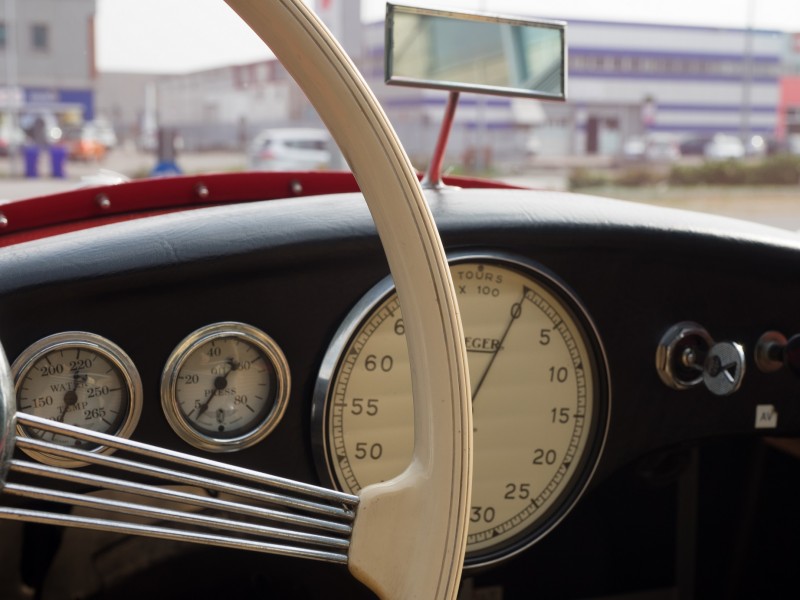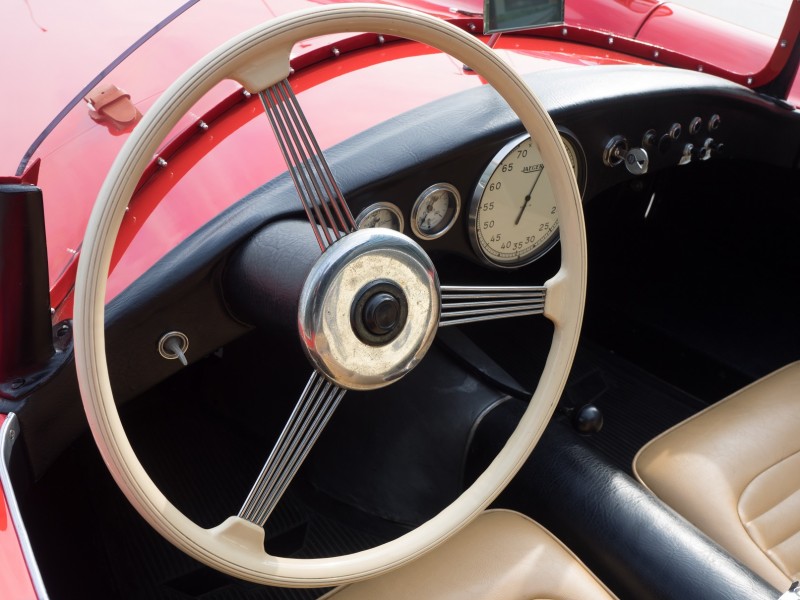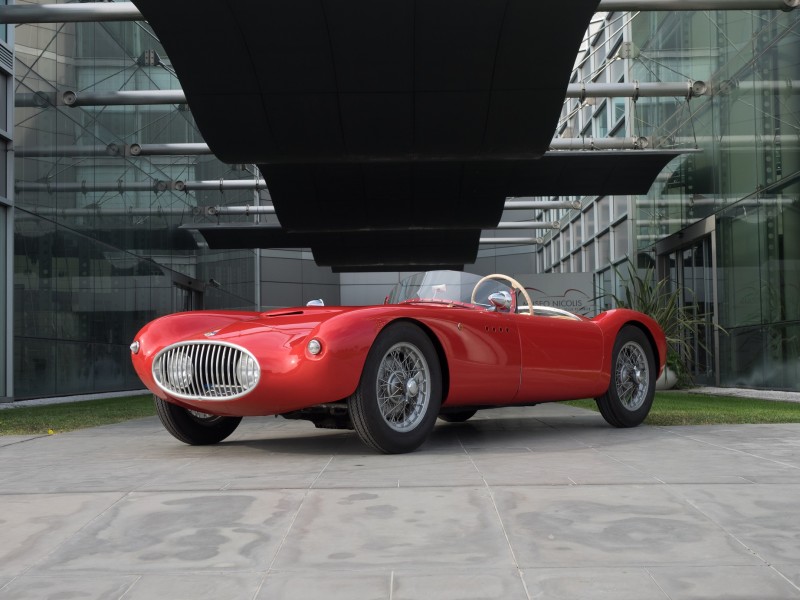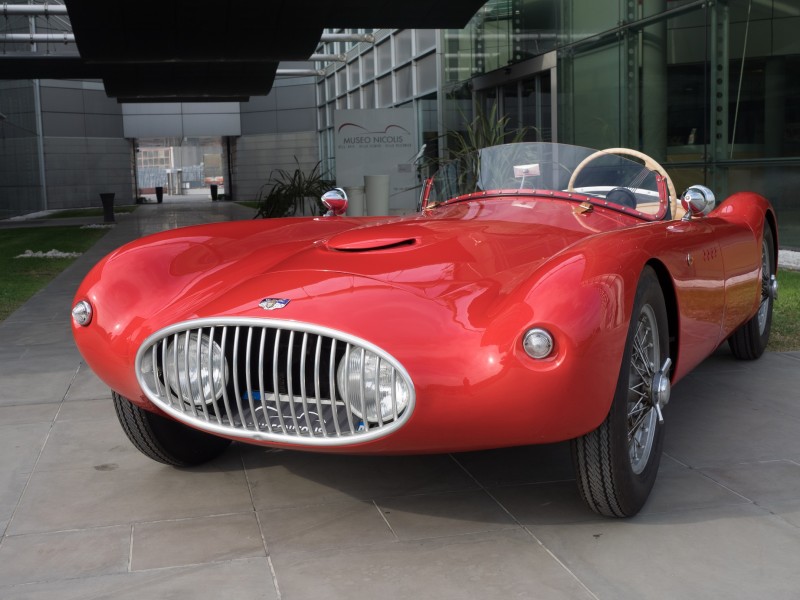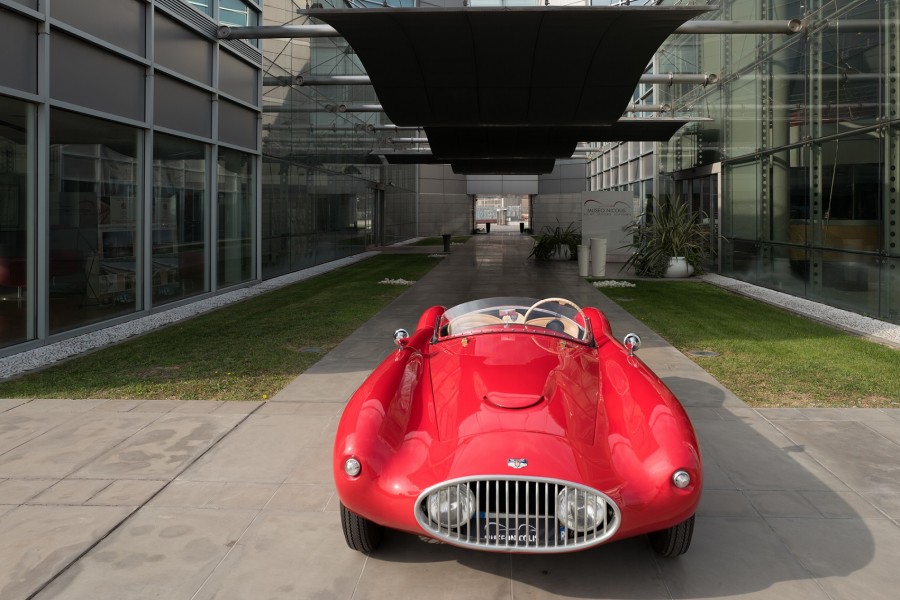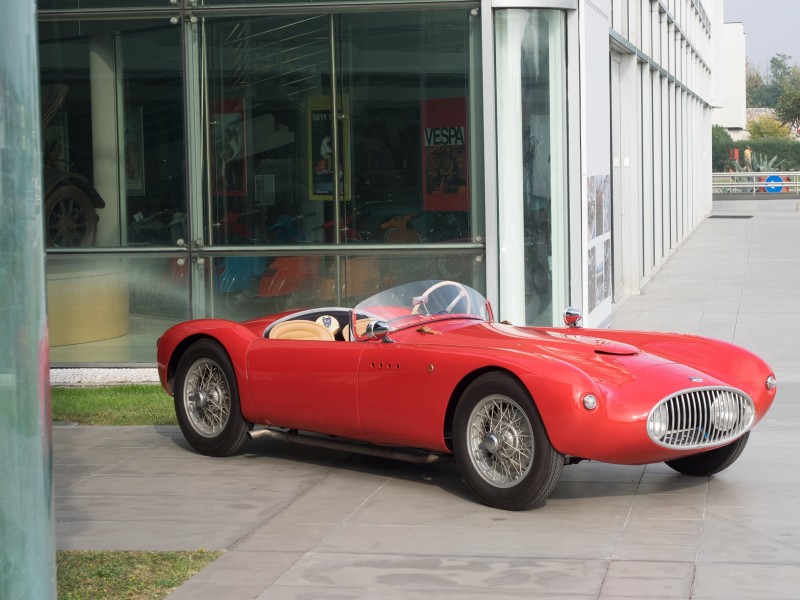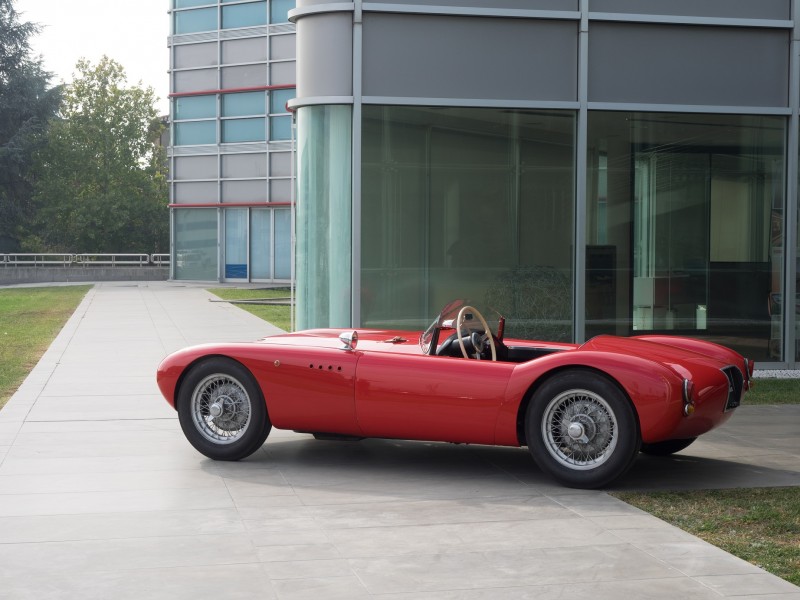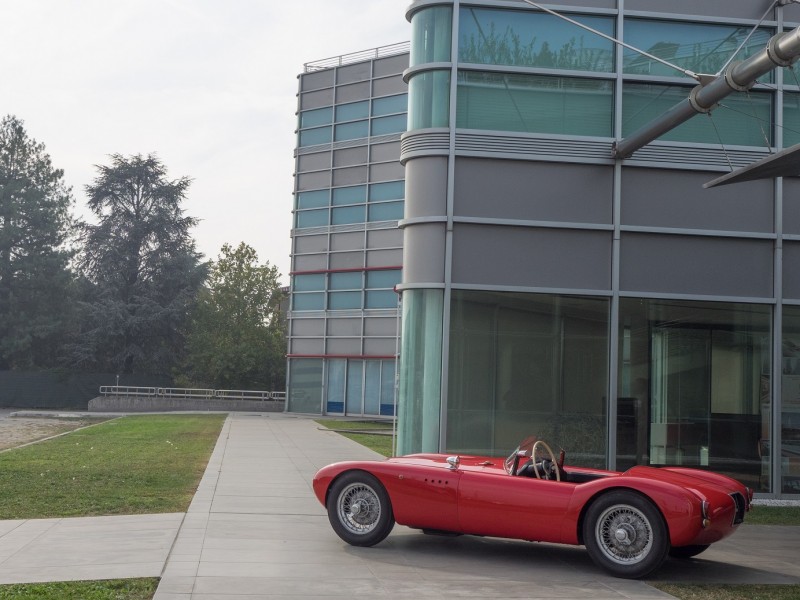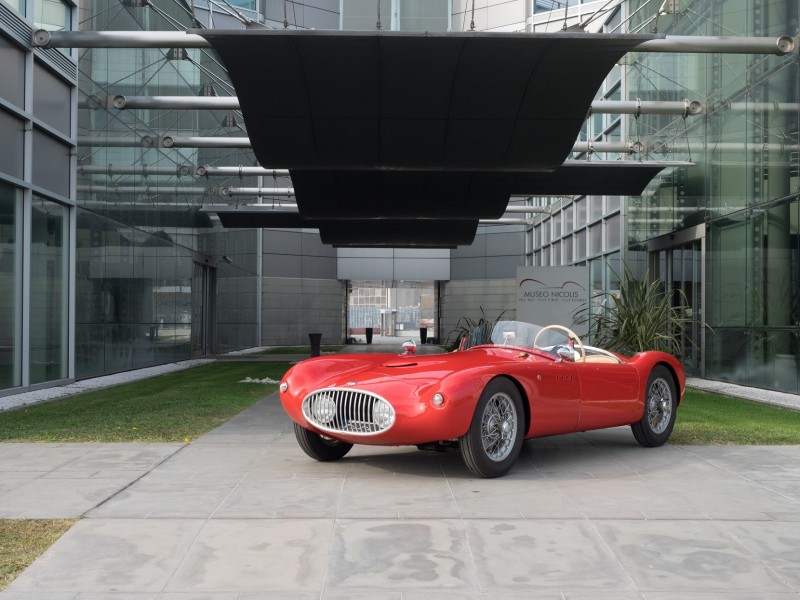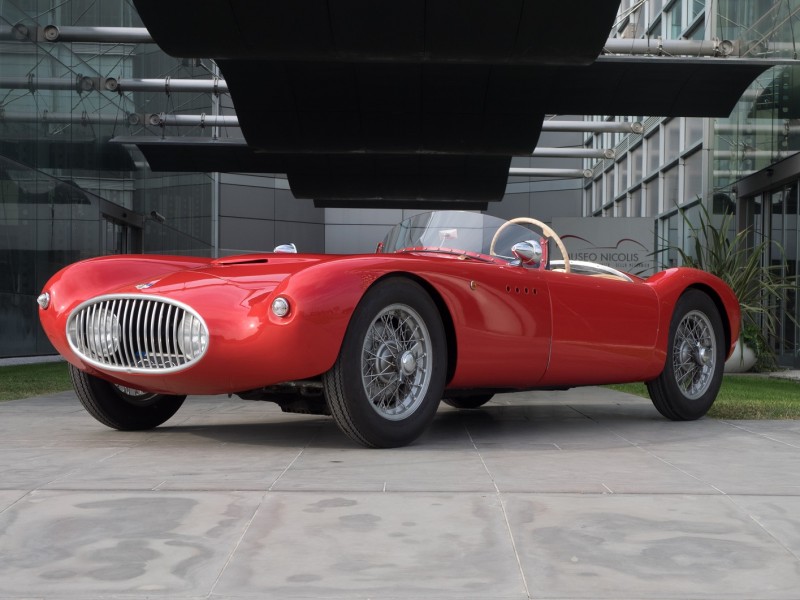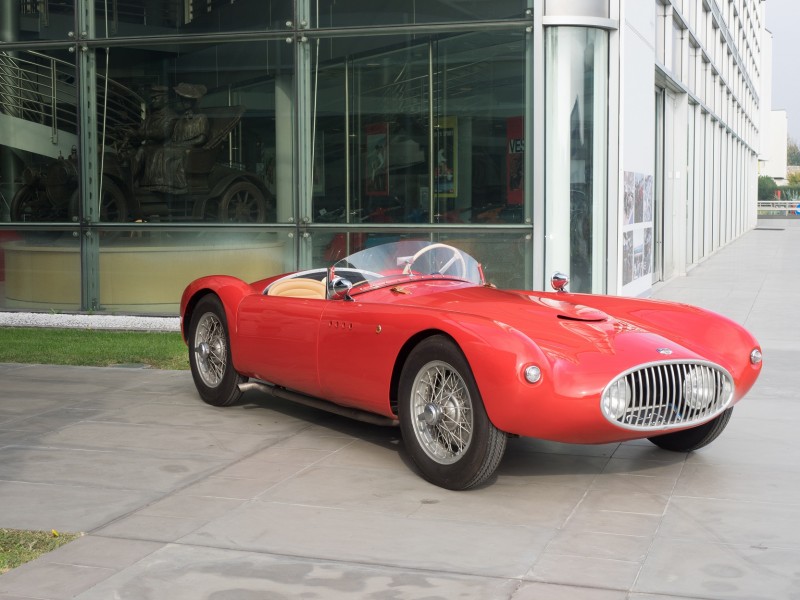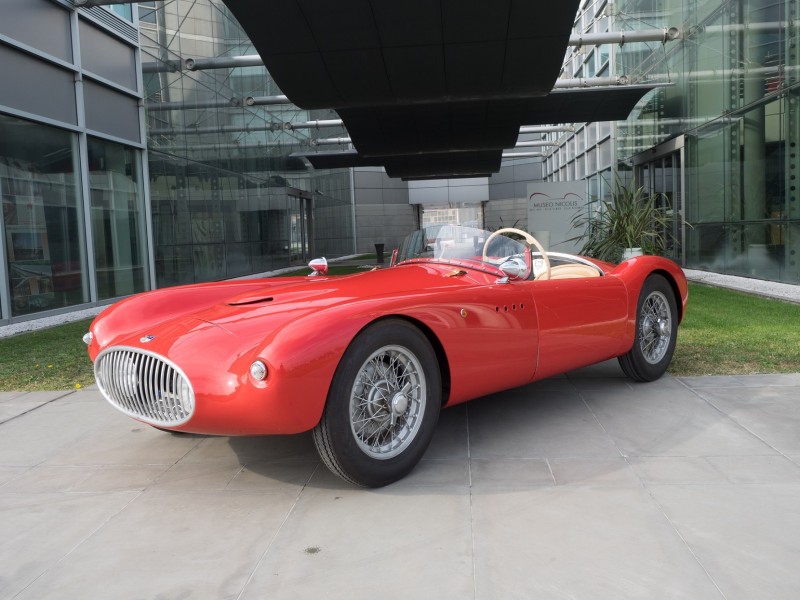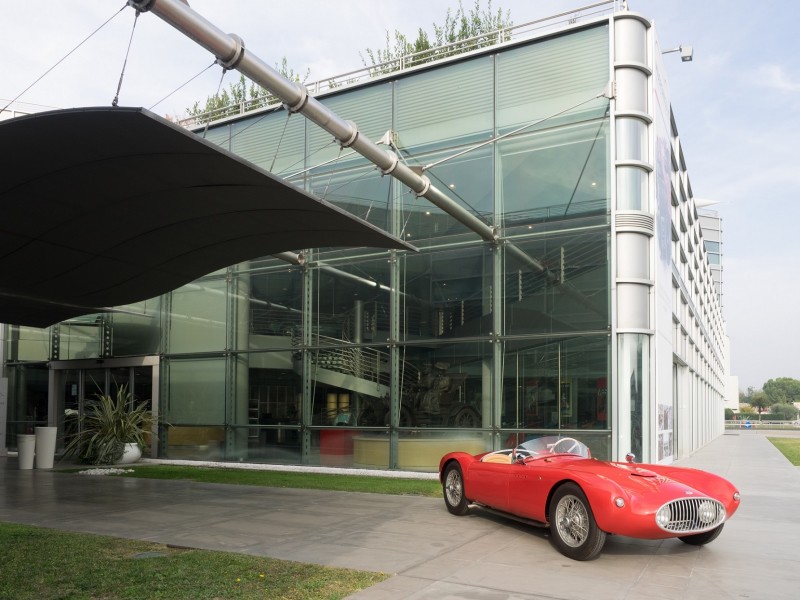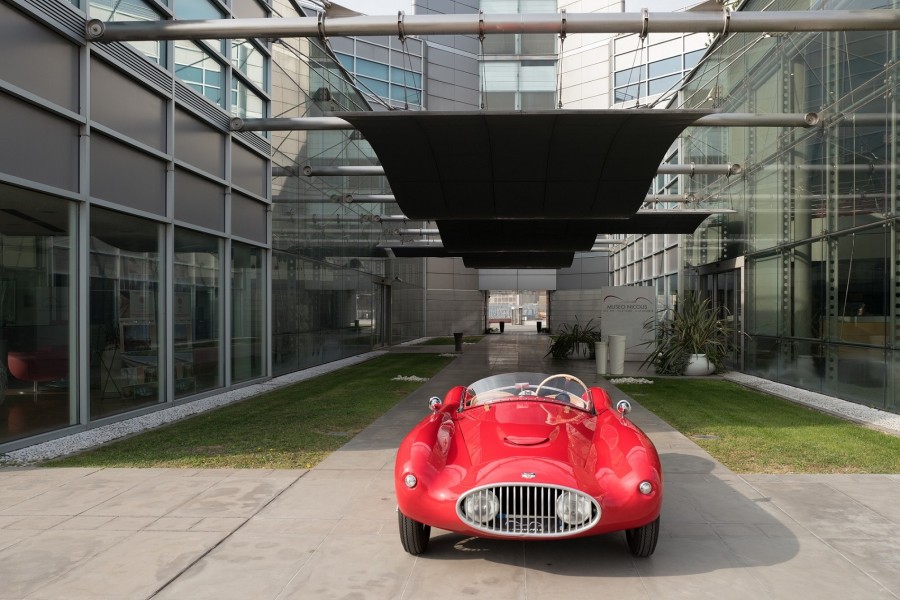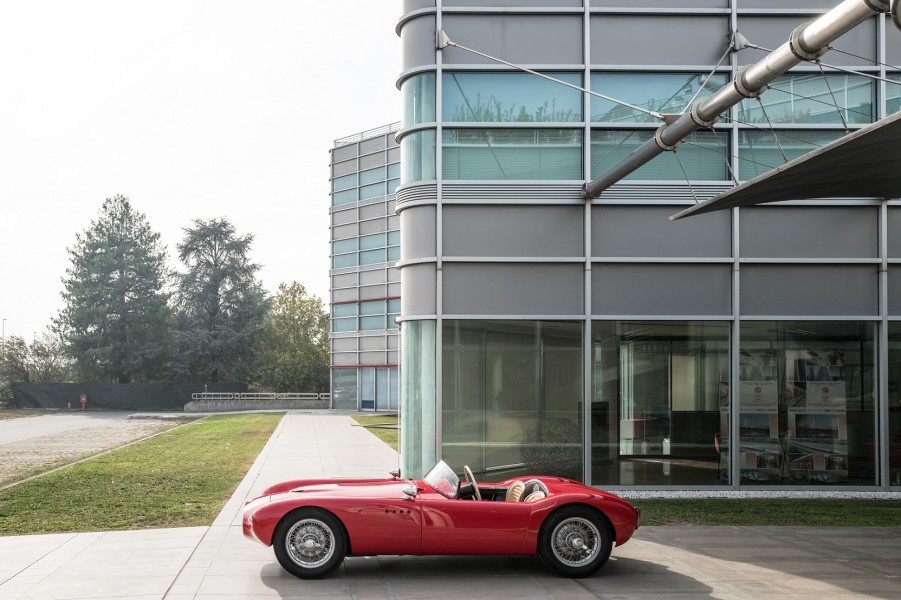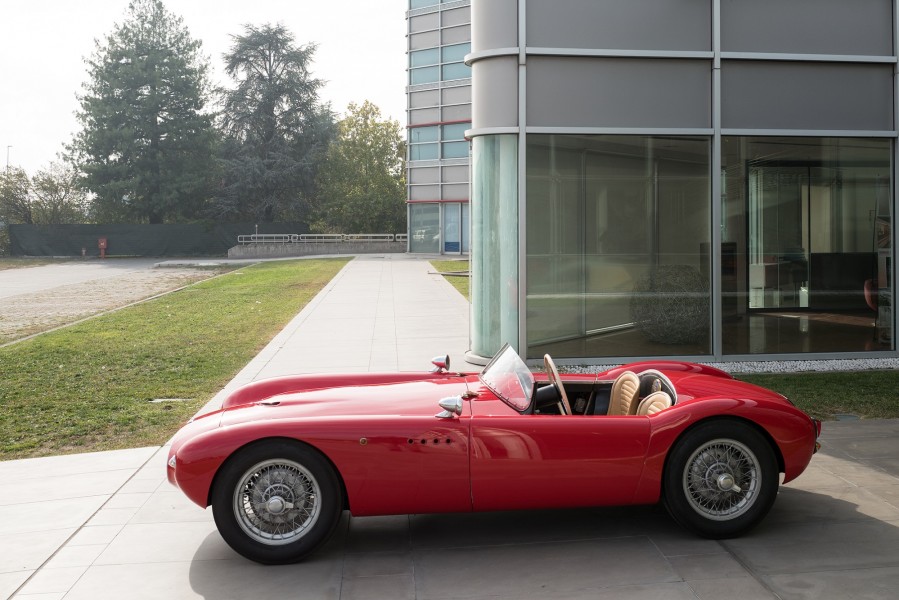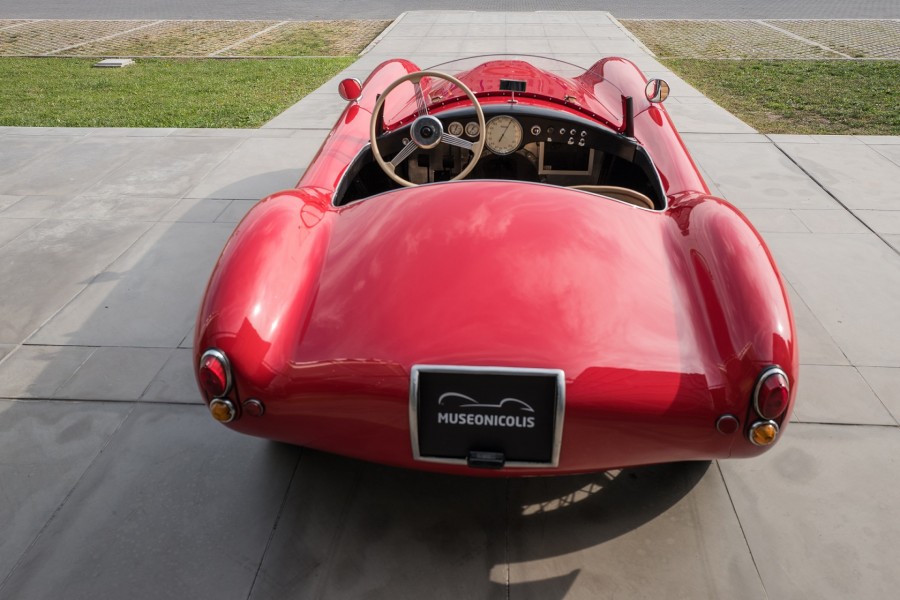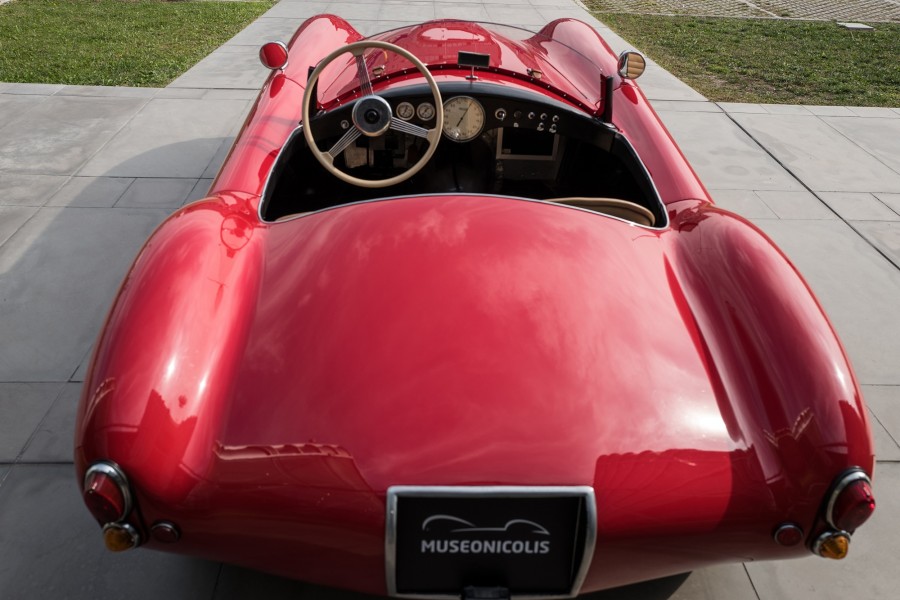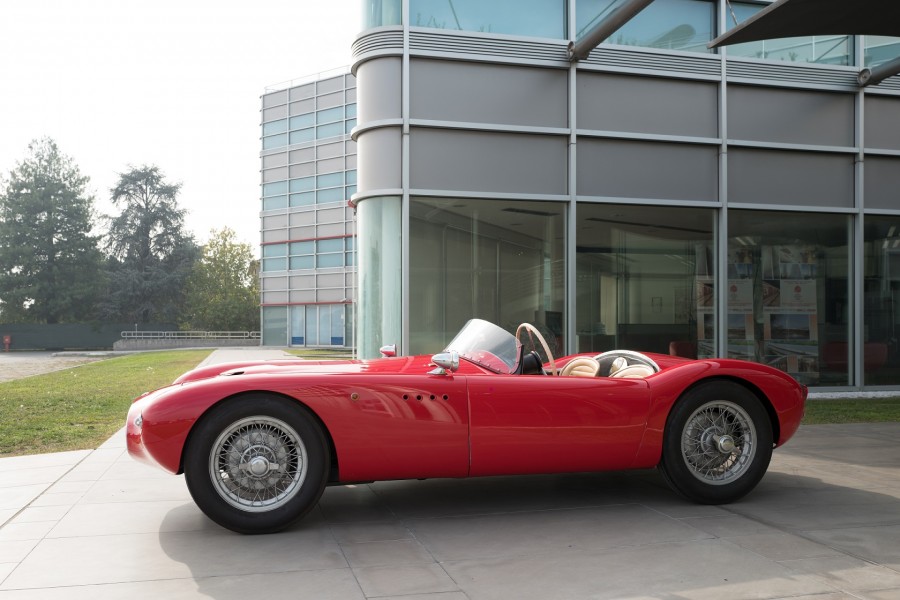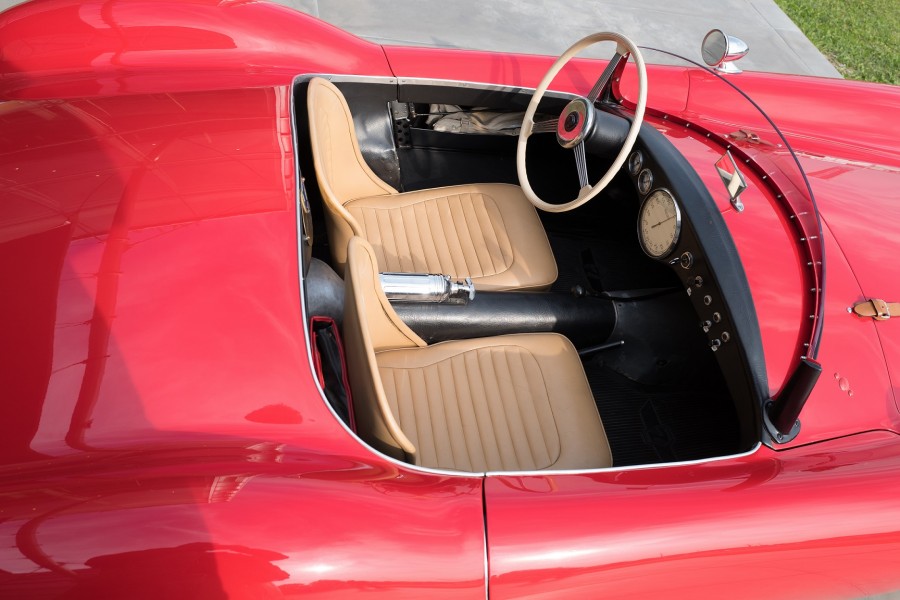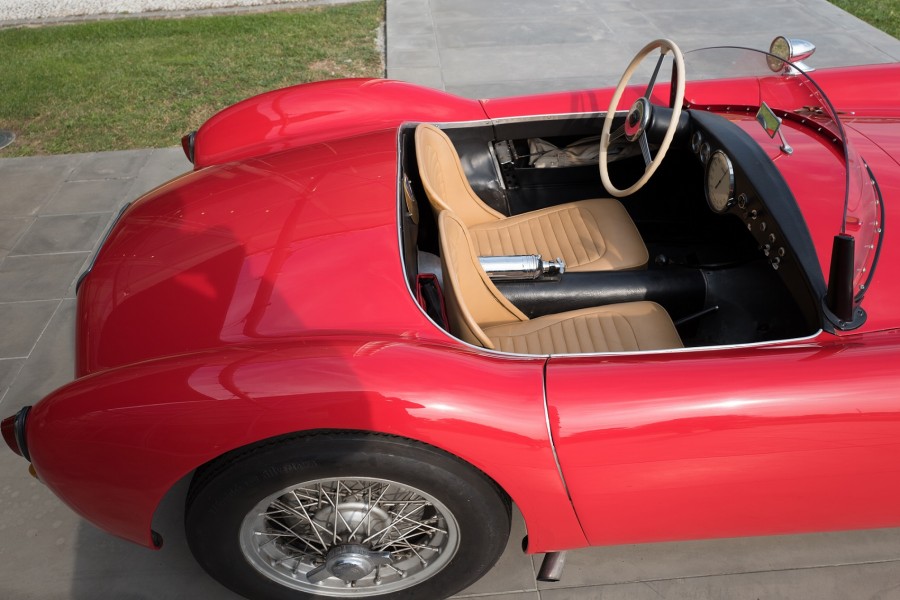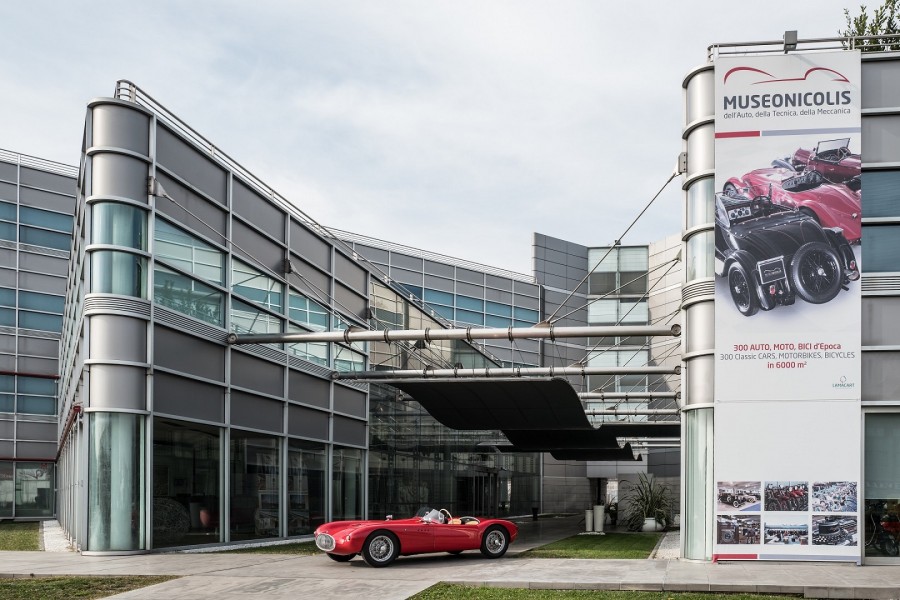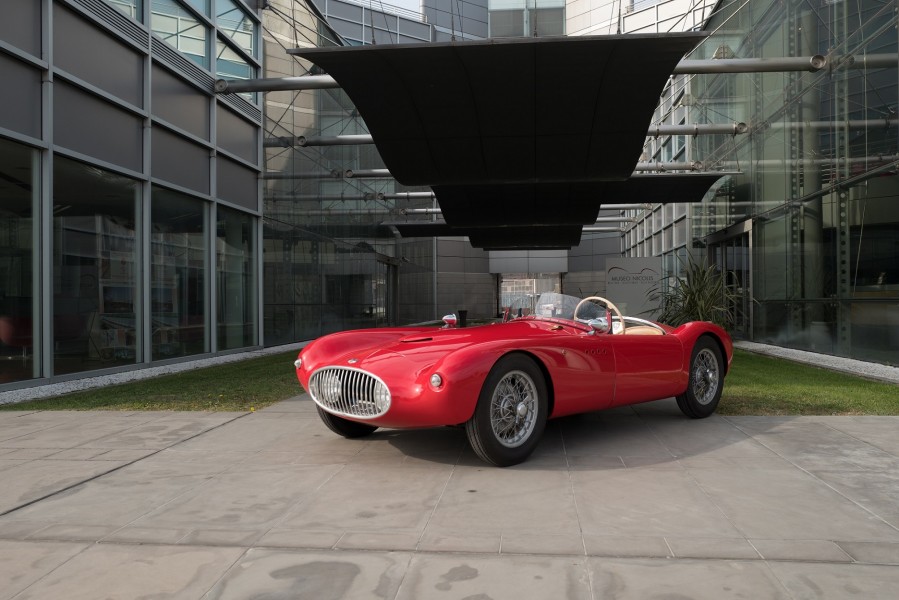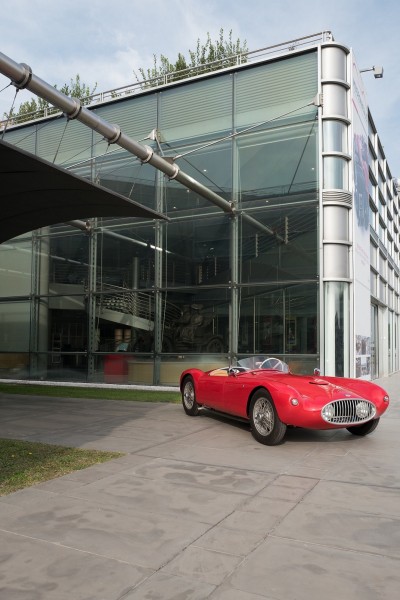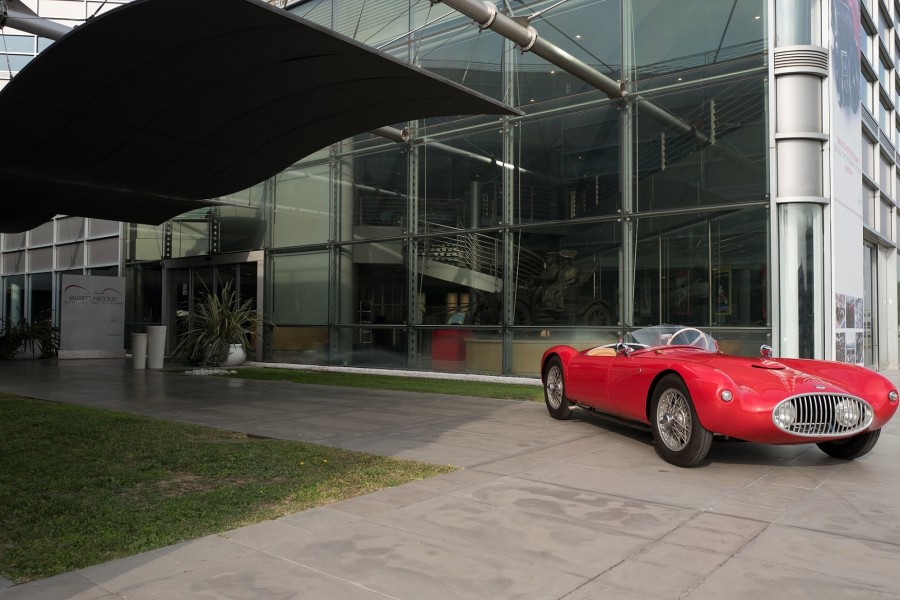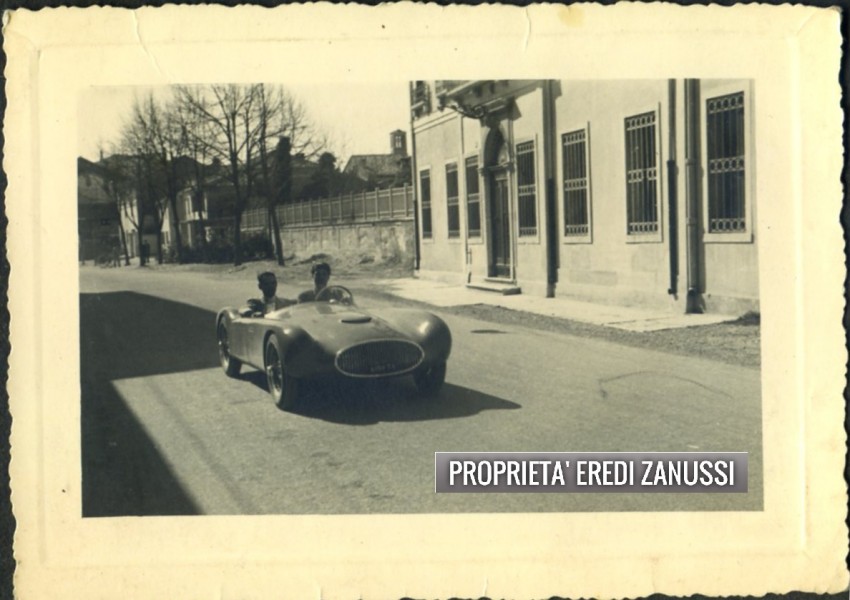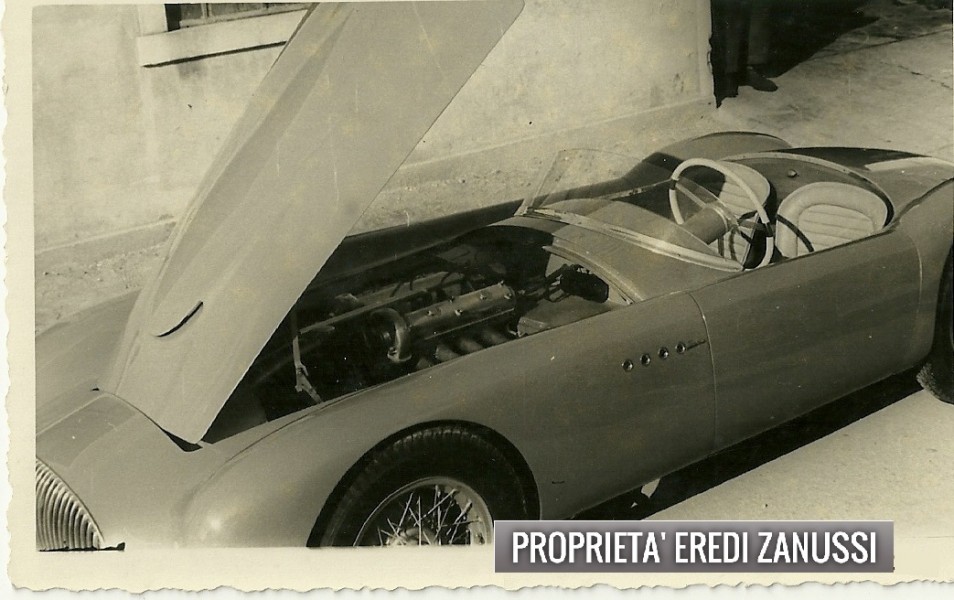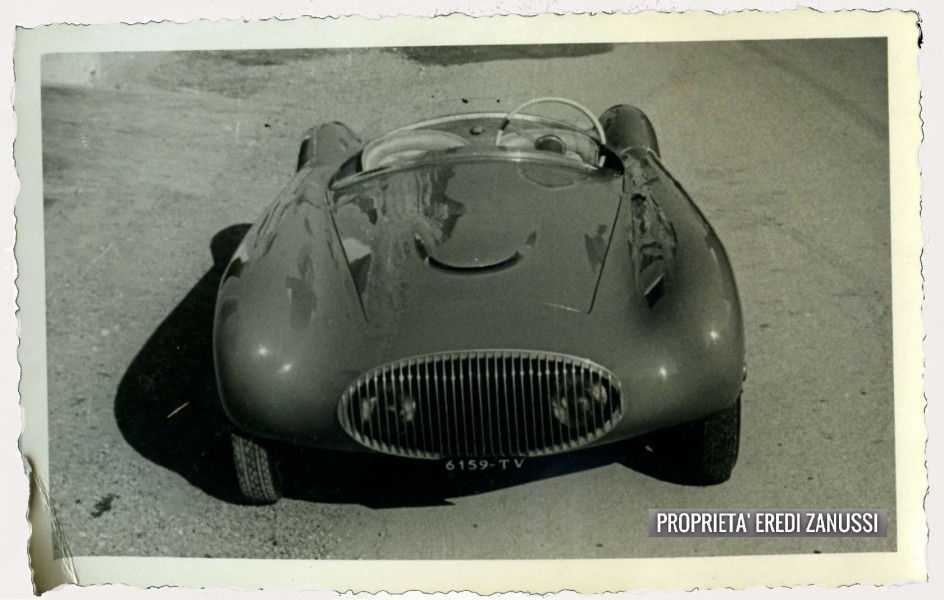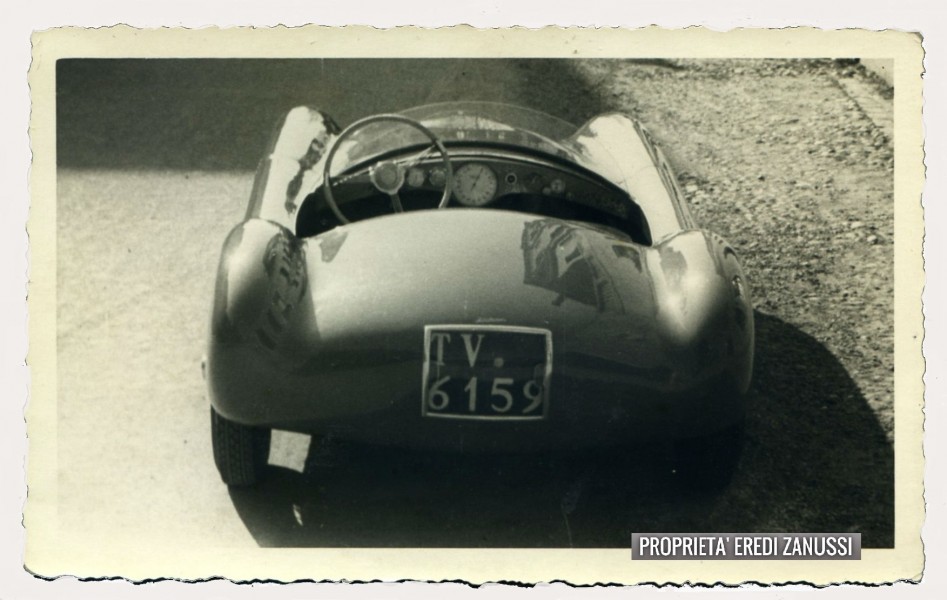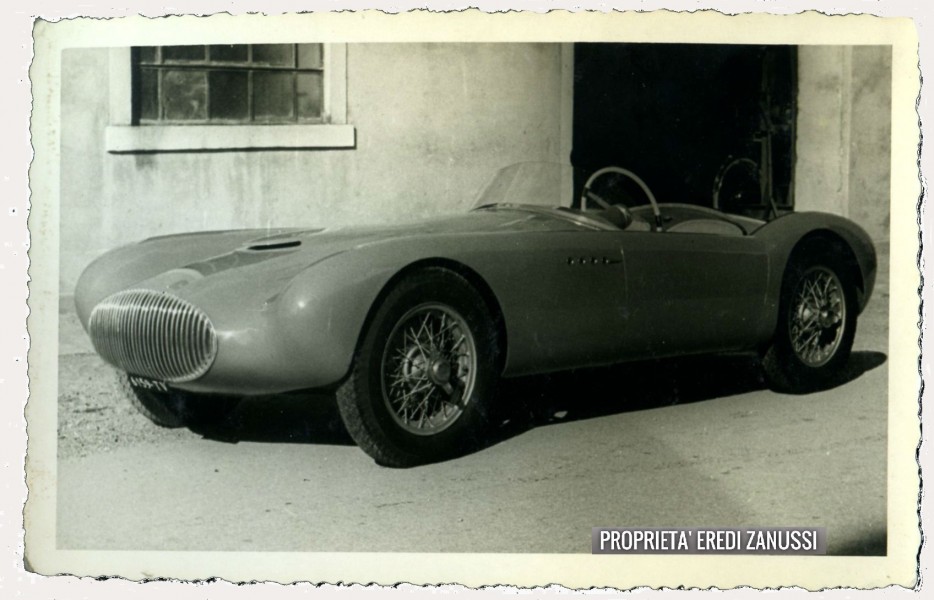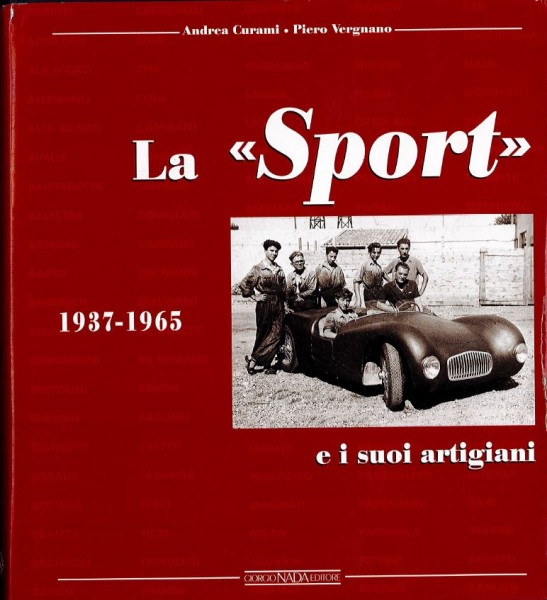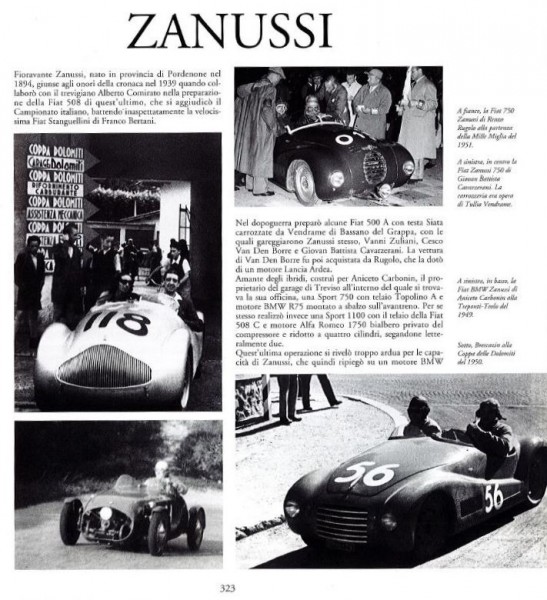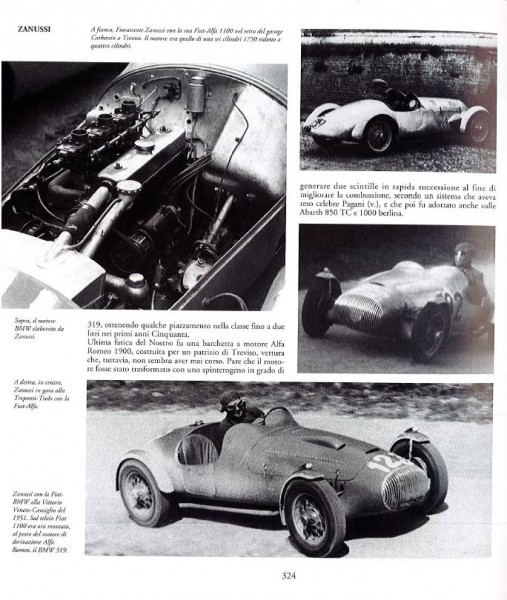Zanussi, 1952, “1100 Sport”
Zanussi “1100 Sport”, 1952, Italy
Fioravante Zanussi (Pasiano di Pordenone 1894 - Treviso 1960) was an amateur racing driver, a tuner and a small manufacturer of racing cars. In his workshop in Treviso, active since 1919, he prepared hundreds of cars for local drivers but, to date, only seven cars are known to have been produced by Zanussi, with the first, a Fiat 508 C 1100, built on the threshold of the Second World War, with which Treviso driver Alberto Comirato won the Italian Championship title in 1939. In December 1951, Zanussi bought a 1929 Alfa Romeo 6C 1750 Compressor: starting with the documents of this car and noting the transformations in October 1952, he made his Zanussi 1100 Sport, the one in the Nicolis Museum. It was a completely new car, a unique specimen, equipped with a chassis of his own creation, platform-shaped and tapered at the front, with a flat floor, in rectangular section steel. Initially, the Zanussi 1100 Sport was equipped with the Alfa Romeo 6C's engine deprived of two cylinders (the 5th and 6th) with a daring transformation made by Zanussi himself, brought to a displacement of 1168 cc. Probably for reliability reasons, the car was already fitted with a 1086 cc Fiat Tipo 1100 B engine at the end of 1960 when it was sold by Zanussi heirs. The change was officially noted in the summer of 1961 when the new registration certificate was issued for the ‘Alfa Romeo Tipo Zanussi’. The barchetta-type aluminium bodywork was the work of Carrozzeria Fratelli Vendrame of Treviso, who dressed all Zanussi cars. This is a marvellous example of the so-called ‘racing specials’, usually on a Fiat base that also offered a contribution for this type of use, made in Italy during the 1950s by a multitude of local preparers in order to race despite limited financial means. Historical photos owned by Eredi Zanussi.
The Zanussi family recognised the car at the Museo Nicolis as original, dedicating ample space to its history on the official Fioravante Zanussi website.
Carrozzeria Vendrame - Mareno Di Piave (TV). Among the so-called ‘minor coachbuilders’ a place certainly belongs to the brilliant craftsman Tullio Vendrame. He was born in 1919 and, after work experience at the CAPRONI aeronautical factory at Predappio in Emilia Romagna, where he learnt how to process aluminium and its alloys, and then at the Serafini body shop in Conegliano, towards the end of the 1940s he opened his own body shop in the building owned by Zanardo in what is now Piazza Municipio in Mareno di Piave (TV). His wife Bruna is a skilled tailor with extensive experience at the Beniamino Zanardo tailor's shop, and sews the car interiors. The body shop is set up on the traditional repair of normal cars on the road, but he cannot resist the proposals he receives from enthusiasts in the area, local builders who want racing barchettas. Fioravante Zanussi will always rely on this body shop to ‘dress’ his prototypes and those of his customers. READ the in-depth history on Fioravante Zanussi's official website
Octane Magazine, 2022 by Massimo Delbò - ‘...Fioravante Zanussi was born in Pasiano di Pordenone, in the north-east of Italy, in June 1894, the first of nine children and, from a very young age, showed a deep love for everything mechanical. He was not the only one, as four of his brothers would also work with cars. At only 16 years of age he was already in Turin, working for Anonima Aquila Italiana, a company that manufactured cars and engines under the Aquila brand name. Shortly afterwards he moved to the much larger and more established S.C.A.T. (Società Ceirano Automobili Torino) and was assigned to the racing department. It is now important to remember an aspect that is often forgotten: in the early years of the 20th century, the Ceirano brothers were the main spiritual and innovative forces in the growing Italian motoring scene and their contribution to the development of Italian cars of the time is immeasurable. S.C.A.T. won the Targa Florio in 1911, 1912 and 1914 and Tazio Nuvolari himself, before the First World War, distributed their cars in the Veneto region. The young Fioravante, passionate, talented and willing, found the right breeding ground for his knowledge and experience. In 1914, he was hired at FIAT, as a specialist in the engine testing room but, shortly afterwards, Italy entered the First World War and he was enlisted as a motorbike racing relay...’
VIDEO
Shooting, Men's Health
2005 Le Mitiche Sport a Bassano
2005 Gran Premio Città di Verona, Trofeo Zanon
2006 Gran Premio Città di Verona, Trofeo Zanon
2017 Shooting, Oldtimer MARKT
2014 Stallavena-Bosco
2017 Motor Show 2017
2018 Verona Legend Cars
2021 25° Vernasca Silver Flag, anniversario
2021 25° Vernasca Silver Flag, manifestazione
2021 #FORUMAutoMotive
2022 Shooting Octane magazine, UK
2023 The REB Concours, Roma
2023 Concorso di Eleganza per auto d'Epoca Meano

